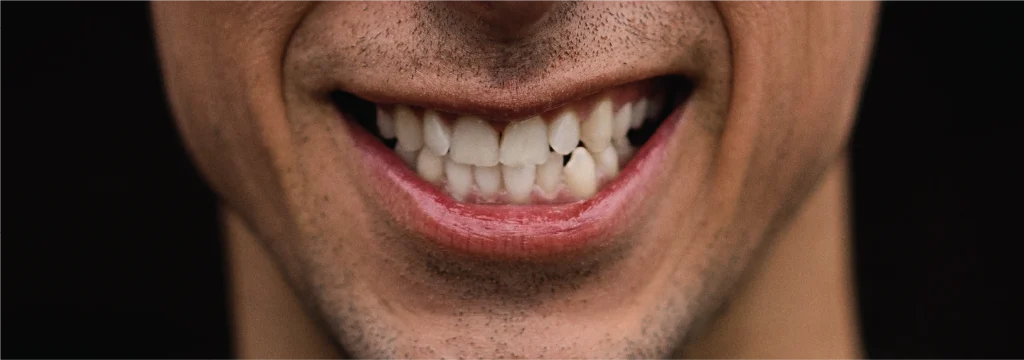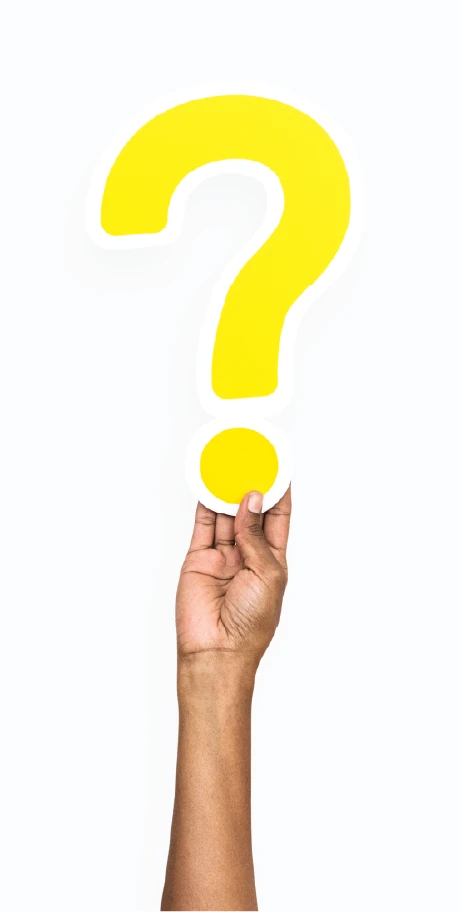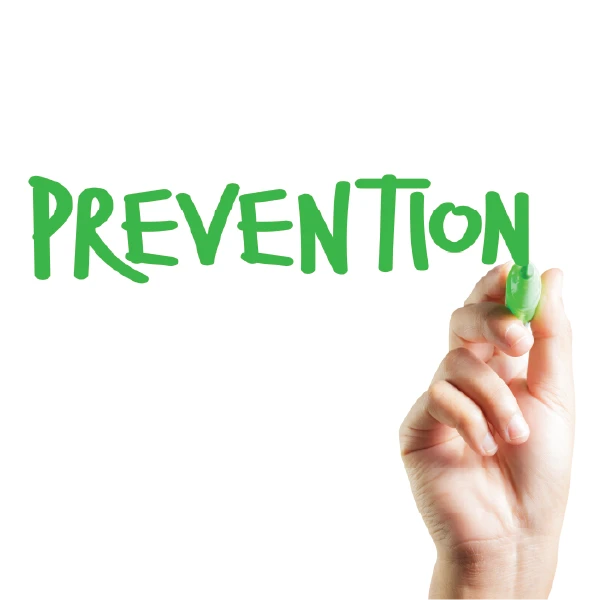
Many adults who had orthodontic treatment in their younger years find themselves facing relapse and crowding later in life. This can be frustrating, especially after investing time and effort into achieving a straight smile. At Face Focused Orthodontics, we frequently see adult patients seeking solutions for teeth that have shifted over time. Understanding why this occurs and what treatment options are available can help individuals make informed decisions about their oral health.

Lack of Retainer Use: The most common reason for orthodontic relapse is not wearing retainers as prescribed. Retainers are essential for maintaining the new position of teeth, and without them, natural forces can cause shifting over time.
Natural Aging and Jaw Changes: As we age, our bones and soft tissues undergo changes, which can impact the alignment of our teeth. The lower jaw, in particular, tends to shift forward, causing crowding.
Wisdom Teeth Eruption: In some cases, the eruption of wisdom teeth can apply pressure to surrounding teeth, leading to crowding and misalignment.
Tooth Loss or Gum Disease: Missing teeth or periodontal disease can alter the stability of neighboring teeth, allowing them to drift out of place.
Bruxism (Teeth Grinding and Clenching): Excessive forces from grinding and clenching can gradually cause teeth to shift, particularly if retainers are not being used.
Inconsistent Orthodontic Treatment: If orthodontic treatment was not fully completed or if teeth were not positioned optimally, relapse is more likely to occur.
Patients experiencing orthodontic relapse may notice:
If you are experiencing orthodontic relapse, there are several treatment options available depending on the severity of the shifting and your individual needs.
1. Retreatment with Invisalign or Braces
For patients with moderate to severe relapse, clear aligners like Invisalign or traditional braces can reposition teeth back to their ideal alignment. Invisalign is a discreet and convenient option for many adults, while braces may be necessary for more complex cases.
2. Vivera or Custom Retainers for Minor Shifts
If teeth have shifted only slightly, a custom retainer or Vivera retainers (by Invisalign) can help guide them back into place. This is a non-invasive way to correct minor alignment issues without full orthodontic retreatment.
3. Bonded or Permanent Retainers
For patients prone to relapse, a bonded retainer (a small wire attached to the back of the teeth) provides a long-term solution to prevent further movement.
4. Expansion and Airway-Focused Orthodontics
In some cases, relapse and crowding are linked to a lack of proper jaw development. Expansion treatments, such as bone-anchored expansion (MSE or MARPE), can help create more space and improve airway function, reducing the likelihood of future shifting.
5. Enamel Reshaping and Cosmetic Adjustments
For minor misalignments, reshaping small amounts of enamel (interproximal reduction) or using cosmetic bonding can enhance the appearance of crowded teeth without full orthodontic retreatment.

Wear Your Retainer Consistently: Follow your orthodontist’s recommendations on retainer use to keep your teeth in place.
Schedule Regular Orthodontic Check-Ups: Even if you’re not undergoing treatment, occasional visits can catch early signs of relapse.
Address Bruxism and Oral Habits: If you grind your teeth, a night guard can protect against shifting forces.
Maintain Good Oral Hygiene: Healthy gums and teeth are less prone to instability and movement.